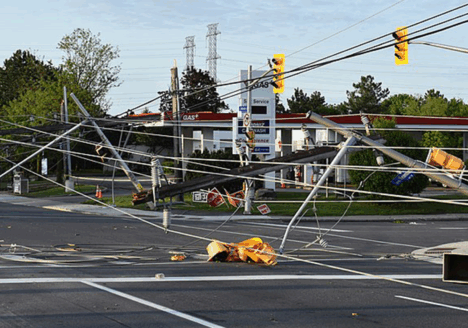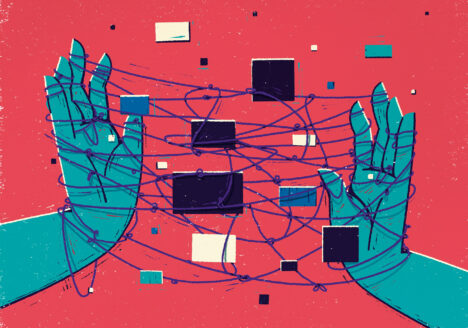How PressProgress used online spaces to cover B.C.’s most extreme election
Forcing kids to eat bugs. Blowdryers to cure COVID-19. Nuremberg trials for public health. Jan. 6 confabulations and chemtrails. These are just some of the many conspiracies that marked the latest political news cycle in the province Continue Reading How PressProgress used online spaces to cover B.C.’s most extreme election










